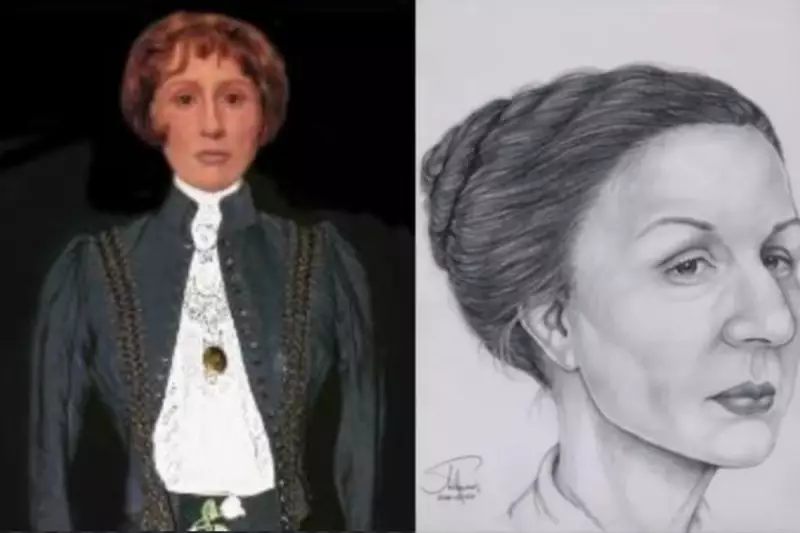
In a remarkable display of modern forensic science, Canadian investigators have successfully identified a woman whose skeletal remains were discovered at the bottom of a well more than a century ago, solving one of the country's oldest cold cases.
The Century-Old Discovery
The mystery began in the small community of London, Ontario, where in 1918 construction workers made a grim discovery while cleaning out a well. They uncovered the complete skeletal remains of an unidentified woman, sparking an investigation that would remain unsolved for over 100 years.
The Forensic Breakthrough
Using cutting-edge DNA technology and genealogical research techniques, forensic experts have now identified the woman as Margaret T. C. O'Neill, who was 35 years old at the time of her death. The breakthrough came through advanced genetic genealogy methods that have revolutionized cold case investigations in recent years.
"This case demonstrates the incredible power of modern forensic science," said Detective Superintendent Chris Woods of the Ontario Provincial Police. "To be able to give someone their identity back after more than a century is nothing short of remarkable."
The Investigation's Challenges
Investigators faced numerous obstacles in solving this historical mystery:
- The extreme passage of time since the discovery
- Limited historical records from the early 20th century
- Degradation of evidence over decades
- The need to locate distant living relatives for DNA comparison
A New Chapter in Cold Case Investigations
This successful identification marks a significant milestone in forensic science, proving that even the oldest unsolved cases can benefit from technological advancements. The same DNA technology that has solved numerous contemporary cold cases has now demonstrated its effectiveness with historical mysteries.
The identification of Margaret O'Neill brings closure to one of Canada's longest-standing unidentified persons cases and highlights the evolving role of science in historical criminal investigations.





